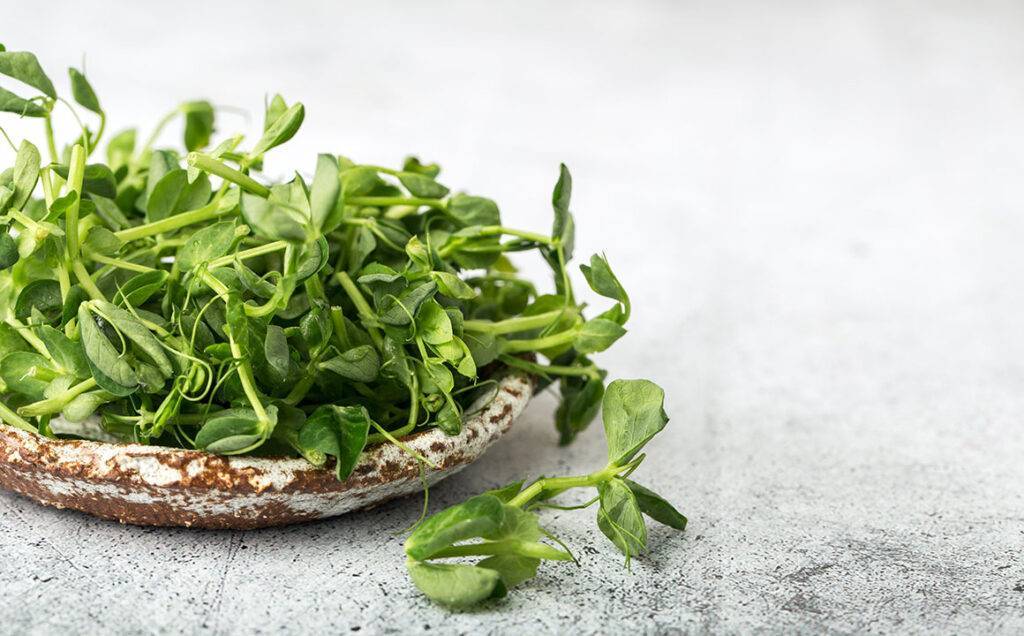In the world of nutrition, there is a rising star that is capturing the attention of health-conscious individuals: microgreens. These small but mighty greens are not only a delight to the eyes but also pack a powerful nutritional punch. That’s why we decided to explore the wonders of microgreens and discover creative ways to incorporate them into our daily lives. Here are some of our favorite ways.
What are microgreens?
Microgreens are the tender, young shoots of vegetables and herbs that are harvested when they are just a few inches tall. Despite their small size, they are packed with concentrated nutrients, often containing higher levels of vitamins, minerals, and antioxidants compared to their mature counterparts. These vibrant greens come in a variety of flavors, ranging from mild and sweet to peppery and tangy, making them a versatile addition to any meal.
Microgreens are typically harvested within 1-3 weeks after germination, which means they are harvested at an early stage when their nutrient content is at its peak. Research has shown that microgreens can contain up to 40 times more nutrients than their fully grown counterparts. For example, red cabbage microgreens are known to be an excellent source of vitamin C, beta-carotene, and vitamin K. Sunflower microgreens are packed with vitamin E, a potent antioxidant that supports skin health and protects against free radicals. These miniature powerhouses provide a concentrated dose of essential nutrients, making them an excellent addition to a well-rounded, plant-based diet.

Nutrient powerhouse
Don’t let their size fool you! Microgreens are nutrient powerhouses, providing a concentrated dose of essential vitamins and minerals. For example, broccoli microgreens are rich in vitamins A, C, and K, as well as folate and fiber. Sunflower microgreens are packed with vitamin E, a potent antioxidant that supports skin health and protects against free radicals. Pea shoots contain high levels of vitamin C and iron, essential for immune function and energy production.
These tiny greens are not only nutrient-dense but also offer unique health-promoting compounds. Studies have shown that microgreens contain a higher concentration of certain phytochemicals, such as carotenoids and polyphenols, which have been linked to a reduced risk of chronic diseases, including heart disease, diabetes, and certain types of cancer. Incorporating a colorful mix of microgreens, such as radish, broccoli, and cilantro, into your meals can provide a wide range of phytonutrients, supporting your body’s natural defense systems and promoting optimal health.
How to grow them at home
One of the beauties of microgreens is that they can be easily grown at home, even if you don’t have a large garden. With a few simple supplies and a sunny windowsill, you can enjoy a fresh supply of microgreens throughout the year. Choose organic seeds and a growing medium such as coconut coir or soil, sow the seeds, and watch them flourish into nutritious greens within a couple of weeks. Growing your own microgreens not only ensures their freshness but also promotes sustainability. You have full control over the growing process, ensuring that no pesticides or harmful chemicals are used.

